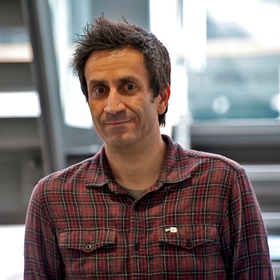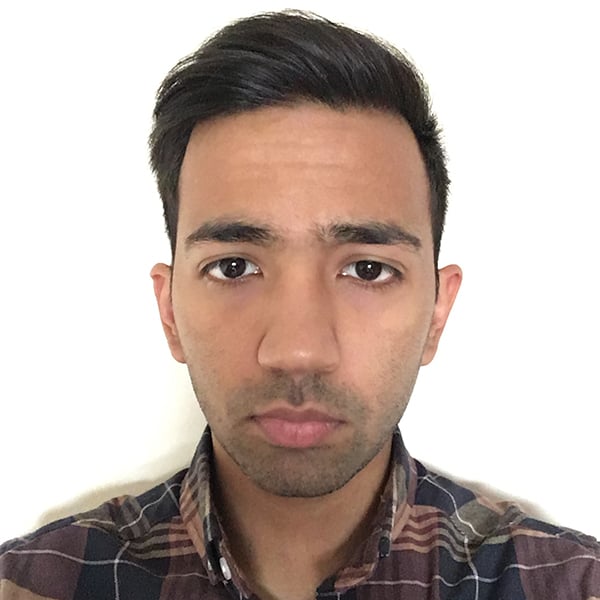
Combining two existing cancer drugs could offer promise for some children with an incurable childhood brain cancer, a new study suggests.
Scientists found that using an existing leukaemia drug alongside a melanoma skin cancer treatment slowed down the growth of cancer cells taken from patients with diffuse intrinsic pontine glioma (DIPG).
The combination was effective in the lab against cells that had evolved resistance to single drug treatment – offering hope that it could help to keep the disease at bay for longer. Researchers next hope to further validate their findings in cell and animal studies before progressing the drug combination to clinical trials.
Previously unexplored treatment for children with DIPG
The new research, led by scientists at The Institute of Cancer Research, London, aimed to find ways to treat children with DIPG tumours using drugs called MEK inhibitors, which have been approved for several other cancers.
These targeted drugs have been found to often work well initially, only for cancers to evolve resistance to treatment. They had not previously been explored for children with DIPG – most of whom currently die within a year of diagnosis.
The new study is published in the journal Cancer Discovery, and was funded by a range of cancer charities, including Christopher’s Smile, Abbie’s Army, Islastones Foundation, the CRIS Cancer Foundation, Cancer Research UK, Children with Cancer UK, and the Ollie Young Foundation.
Revealing the mechanisms of resistance
Researchers evaluated a MEK inhibitor called trametinib in mice, and found that on its own it had little effect. Further analysis in lab-grown tumour cells revealed the mechanism of resistance: mutations in MEK 1 or MEK 2.
The researchers then tried using the multi-kinase inhibitor drug, dasatinib, alongside trametinib to treat DIPG cells with resistance mutations grown in mice and in the lab.
They found that the combination of these two drugs, each with a different mechanism of action, slowed down tumour growth in the trametinib-resistant cells. The combination had a much greater effect than would have been expected by adding the effects of the two drugs together – reducing growth in cells grown on mouse brain tissue by over 60 per cent.
Trametinib has already been approved for use in adults in combination with dabrafenib to treat melanoma skin cancer and non-small cell lung cancer, while dasatinib is approved to treat chronic myeloid leukaemia and some forms of acute lymphoblastic leukaemia. That raises the prospect that the new drug combination could be tested in children relatively soon, once further validation studies have been completed.
The benefits of a co-clinical trial
The study ran as a co-clinical trial by using UK DIPG patient samples from the Biological Medicine for DIPG Eradication (BIOMEDE) trial, a phase II clinical trial led by Gustave Roussy in Paris.
The study has shown the benefits of modelling patient-specific responses to identify mechanisms of resistance. Scientists hope to replicate this approach in the future to identify new drug combinations for children with other types of DIPG mutations.
Hope for 'a successful new combination treatment'
Professor Chris Jones, Professor of Paediatric Brain Tumour Biology at The Institute of Cancer Research, London, said:
“We’ve grown up tumour samples from children with brain cancer in the lab to really understand the biology of their disease. We now have a much better understanding of the ways that DIPG brain tumours can mutate, and how they can evolve resistance to treatment with a single drug. It has allowed us to identify what we hope could become a successful new combination treatment for this terrible disease. Our findings will need to be validated further in the lab, but because we are using existing approved drugs that we know are safe, we hope it won’t be too long before the new treatment enters clinical trials.
“These promising results have emboldened us to keep analysing patient samples and modelling their treatment response, because it shows how specific some of the treatments are that we’re needing to develop. We hope to identify further new combinations that can benefit children with DIPG tumours that carry other DNA mutations.”
Staying one step ahead of cancer
Professor Kristian Helin, Chief Executive of The Institute of Cancer Research, London, said:
“Cancer’s ability to evolve to become resistant to treatment is one of the biggest challenges we face in creating effective targeted cancer therapies. But if we can identify the mechanisms of resistance, as in this study, we can stay one step ahead of cancer by proposing new treatments or drug combinations that can keep patients alive and healthy for much longer.
“It’s vital that we can continue to identify ways to overcome cancer’s ability to adapt and evolve in children’s cancers such as DIPG – so we can bring forward new treatments for young cancer patients who so desperately need them.”
Driving forward our research
Dr Elisa Izquierdo, first author of the study and a former PhD student at The Institute of Cancer Research, London, funded by Christopher's Smile, said:
“I’m incredibly grateful for the support of some of the ICR’s wonderful parent-led charities, whose passion and dedication towards better understanding childhood cancer helped drive forward this research immensely.
“Thanks to their generosity, we now better understand DIPG. I hope that we can now build on this work to progress the findings shown here into clinical trials and, in the future, develop better treatments for all children with this devastating cancer.”

 .
.
 .
.